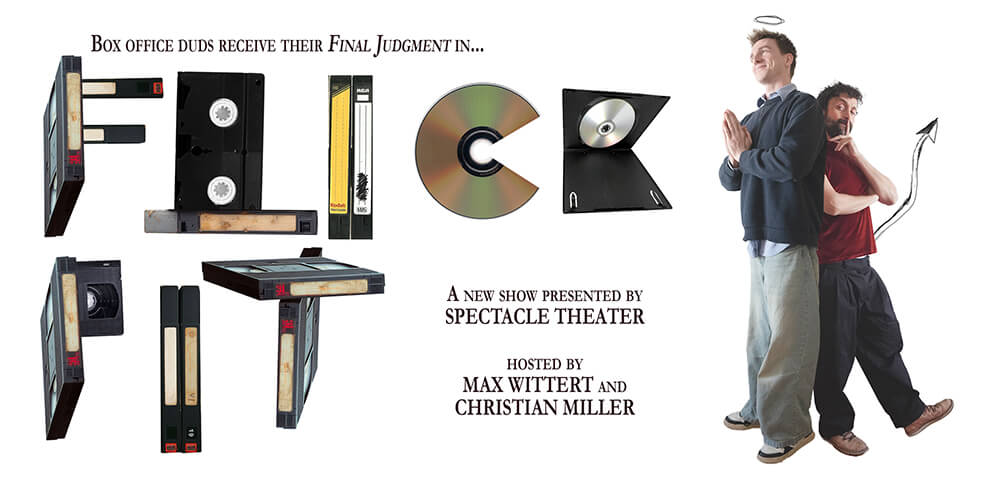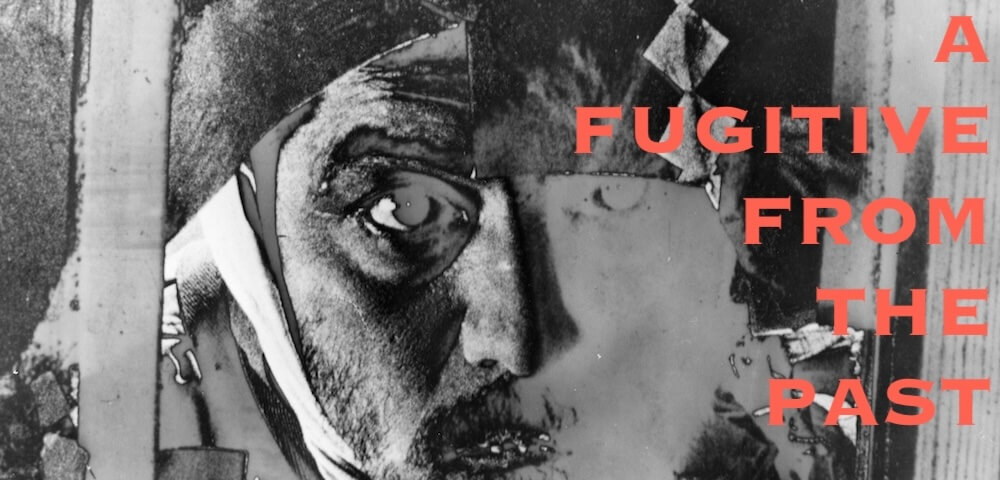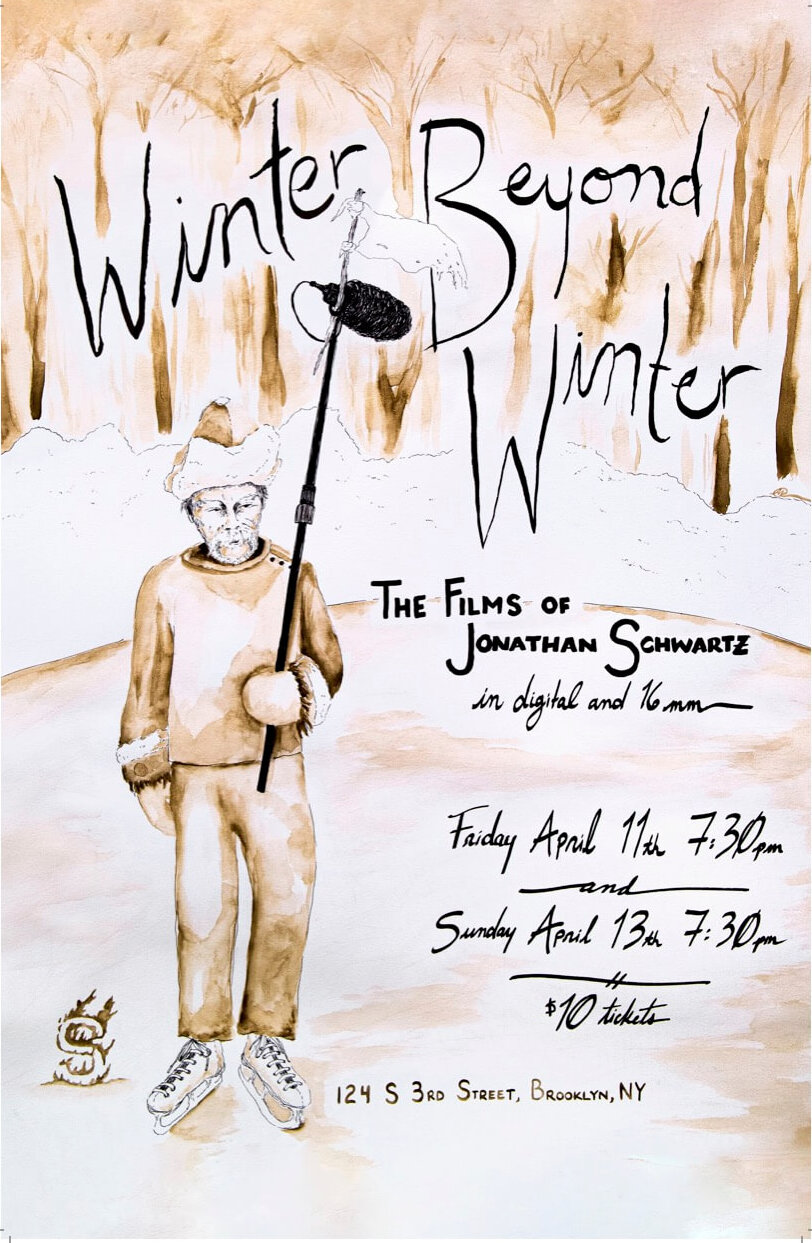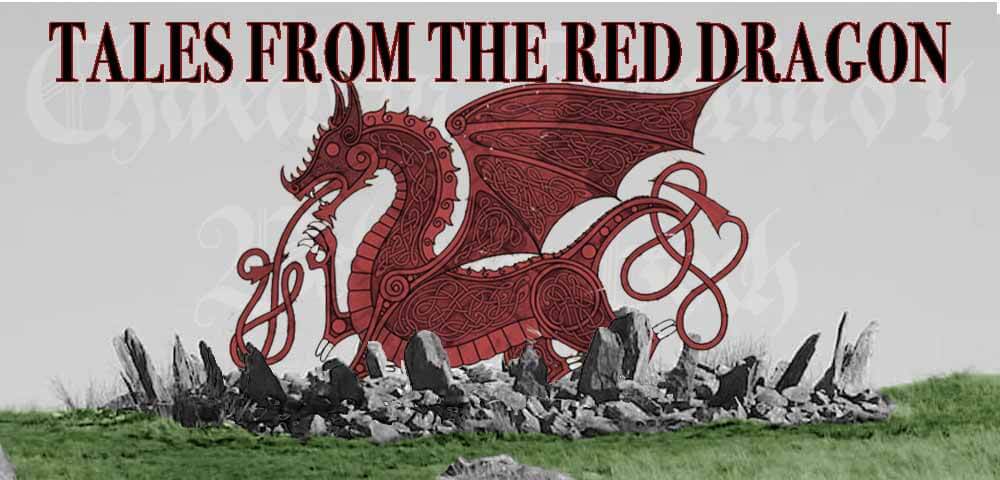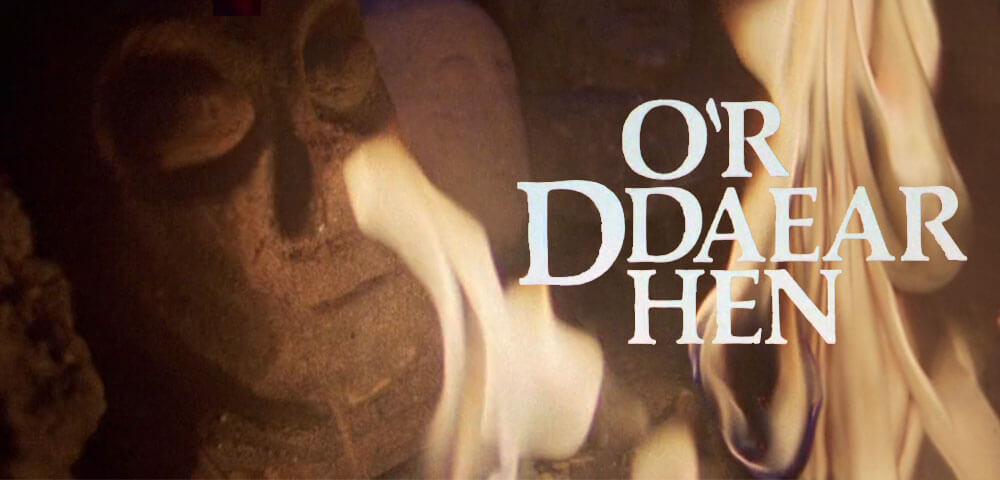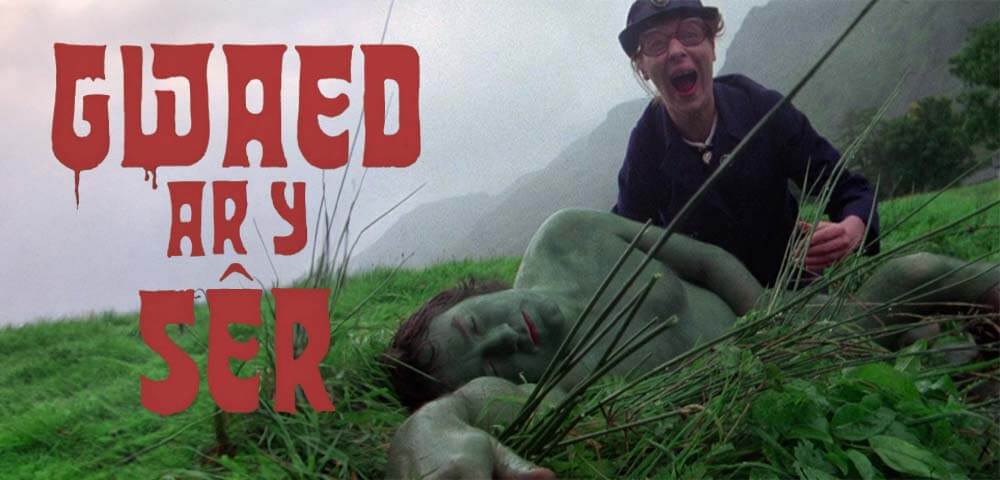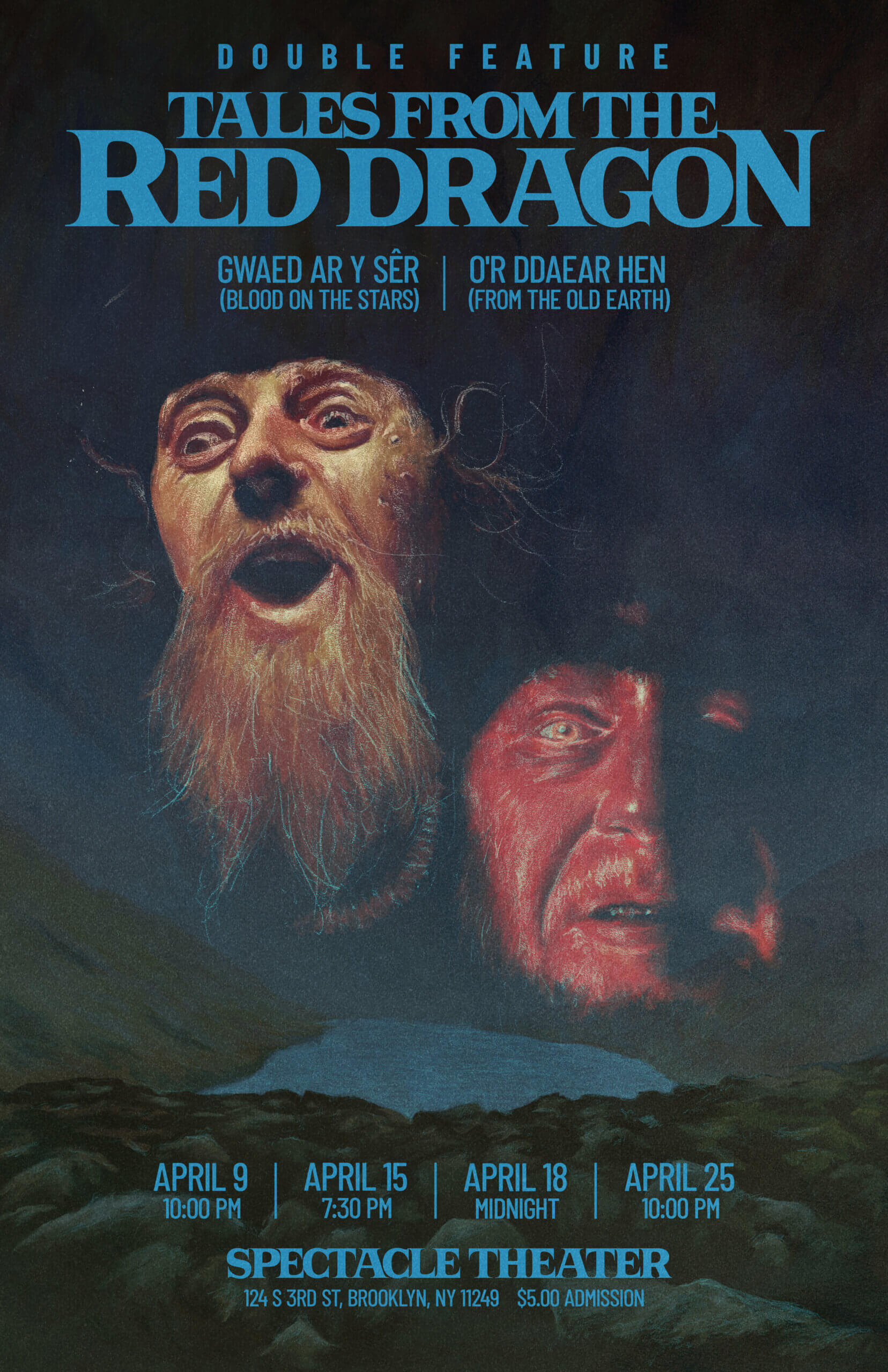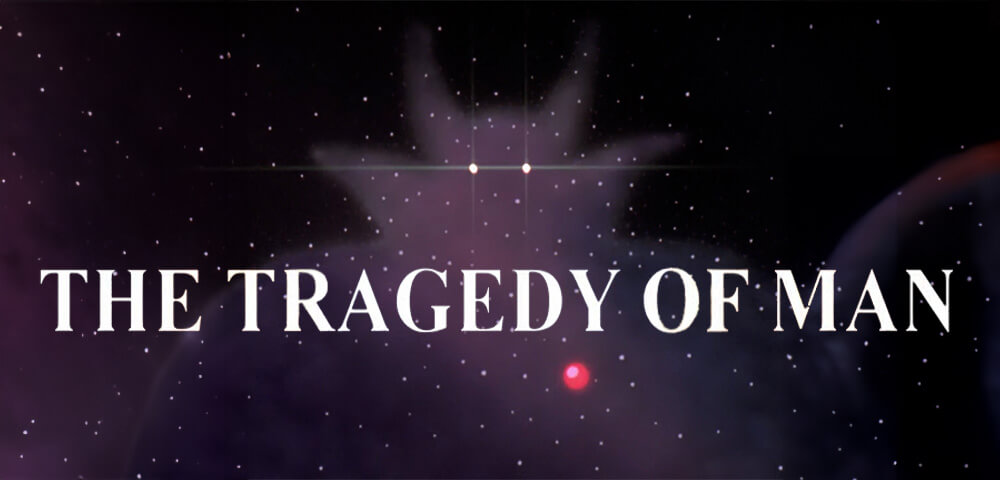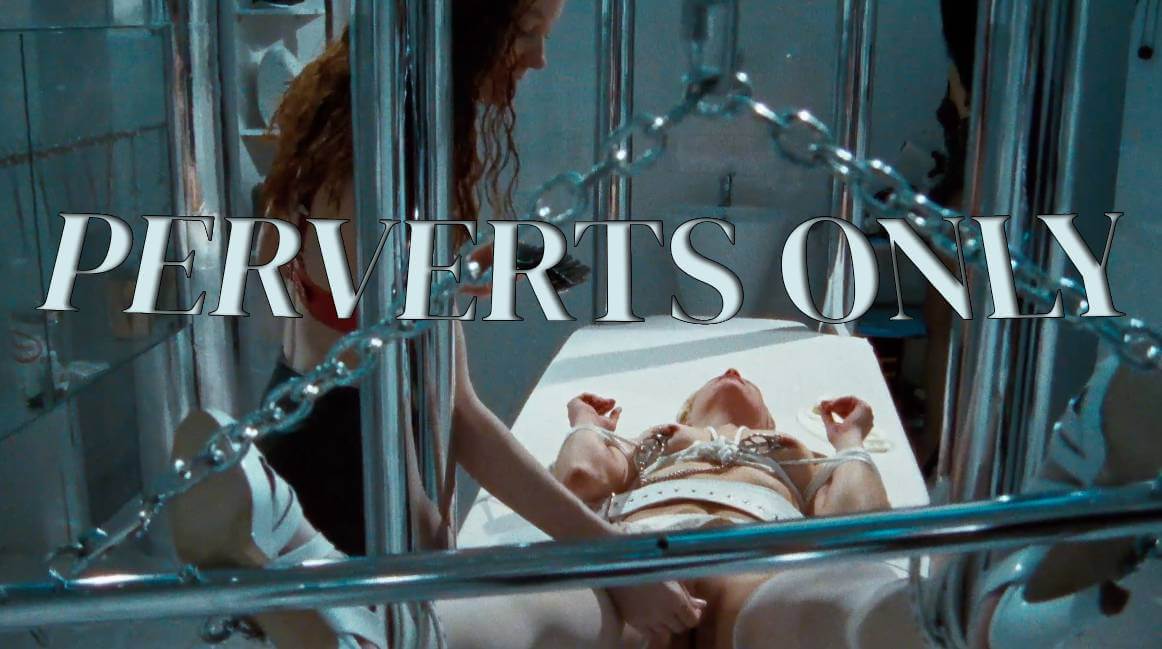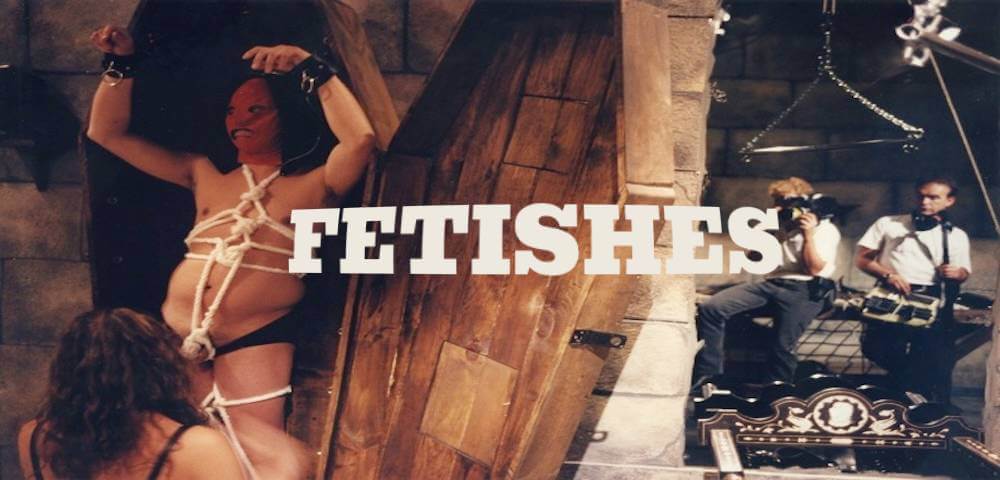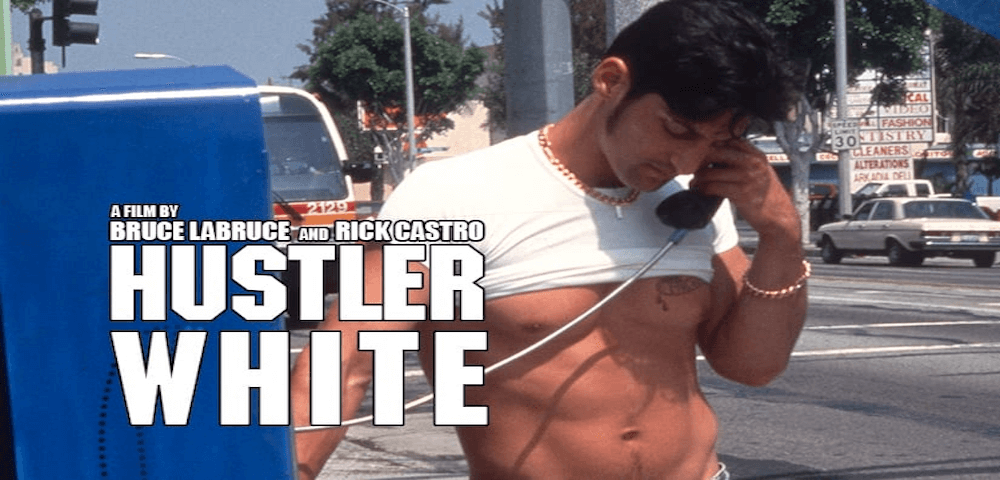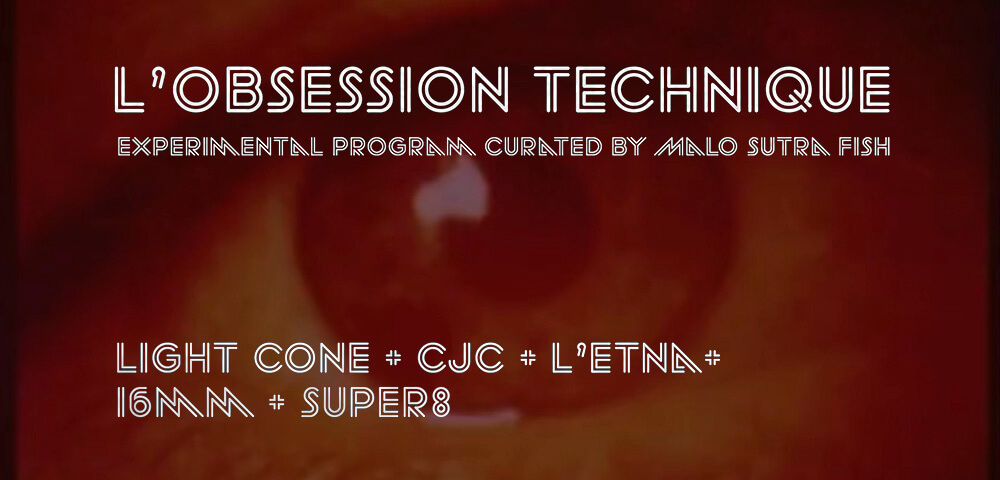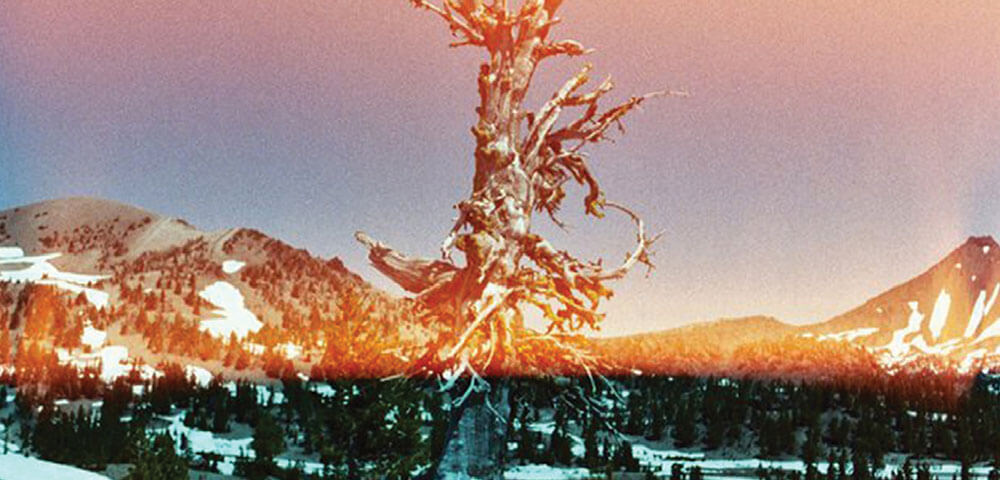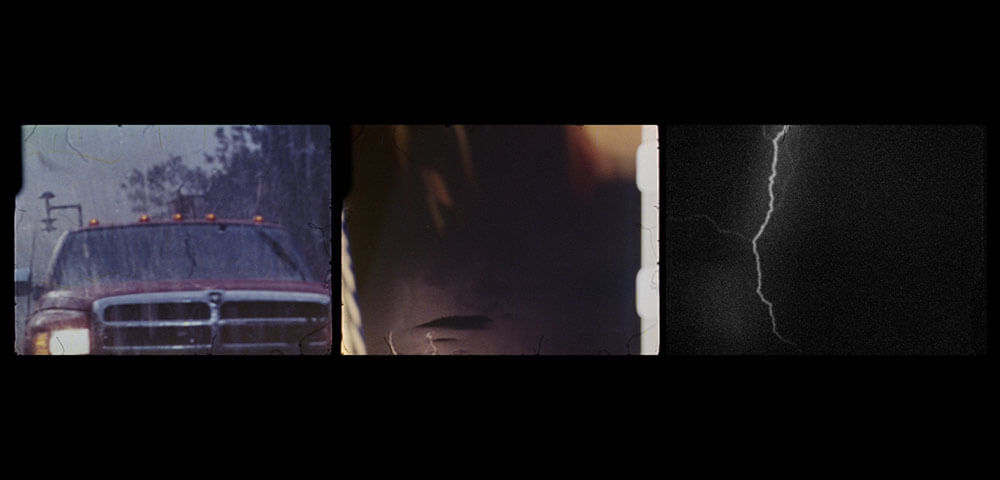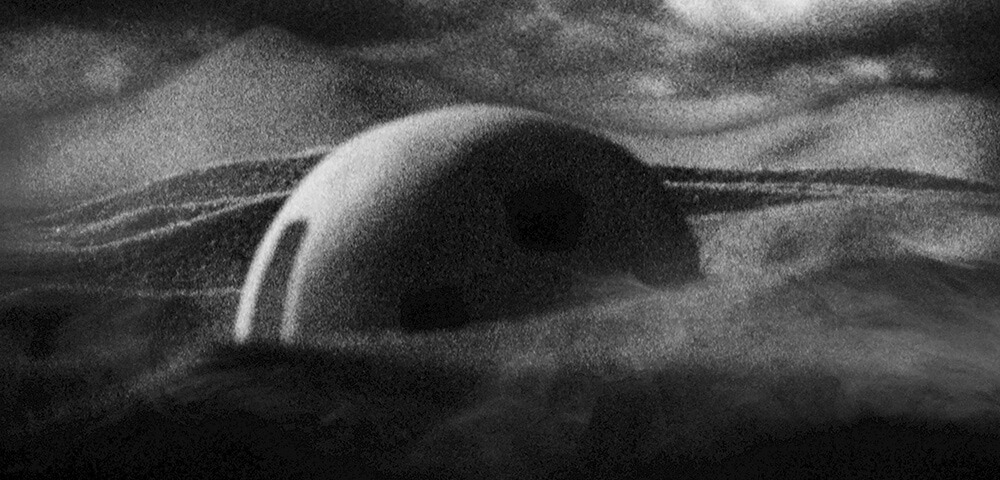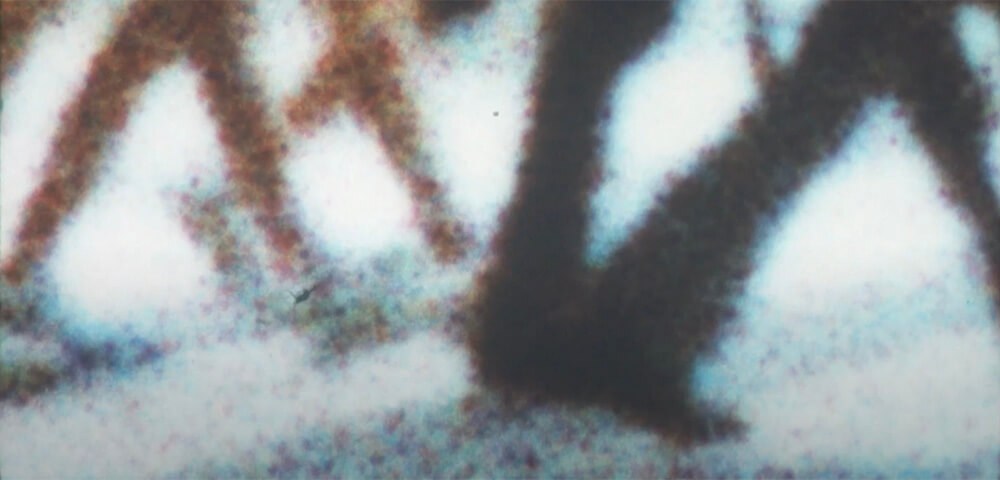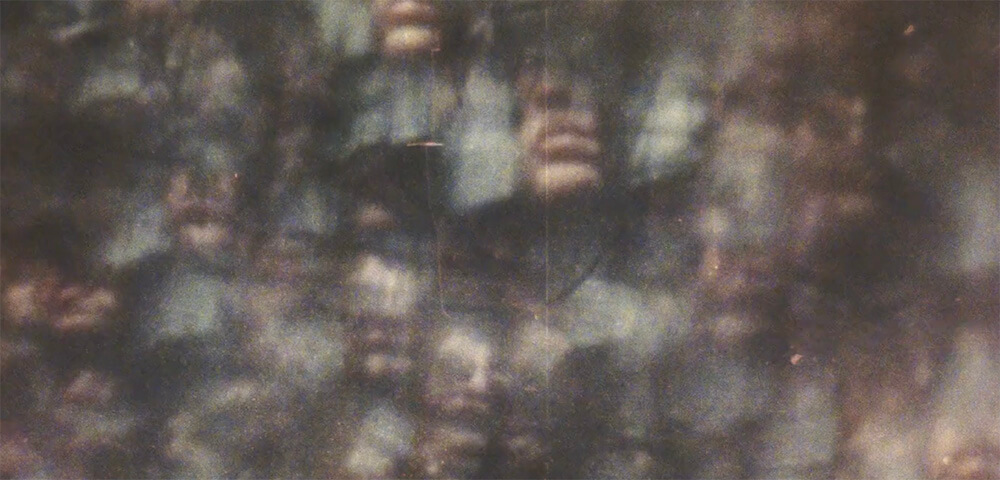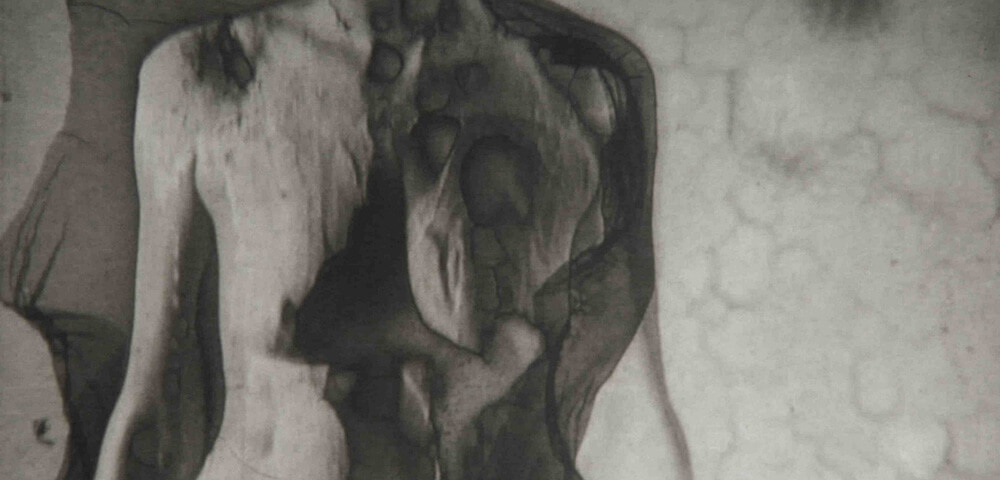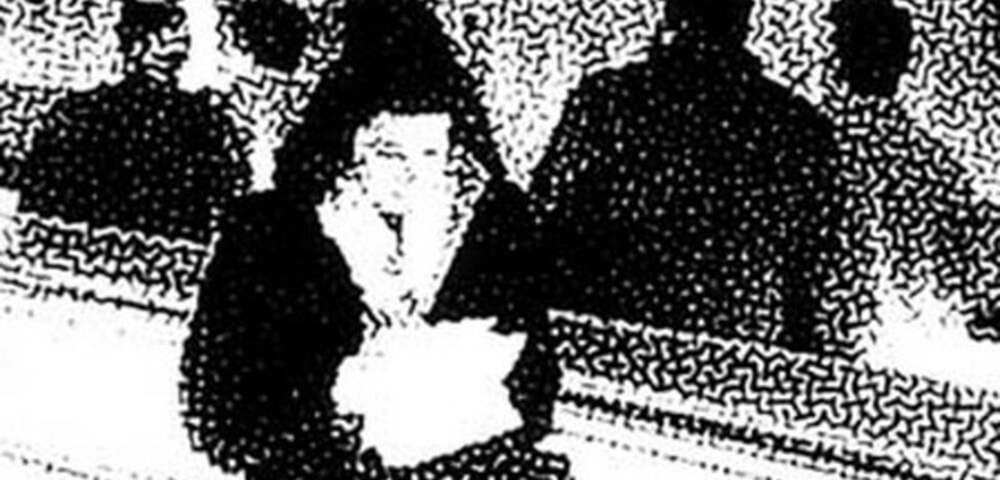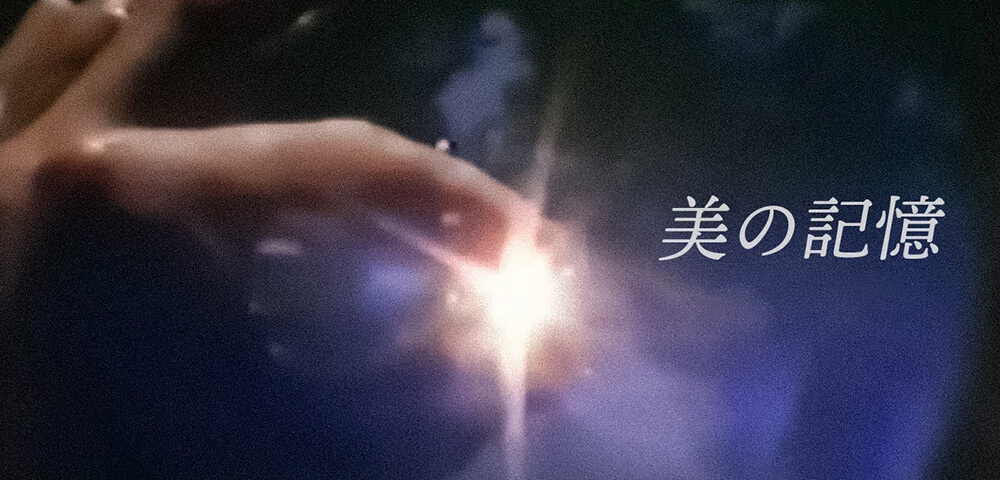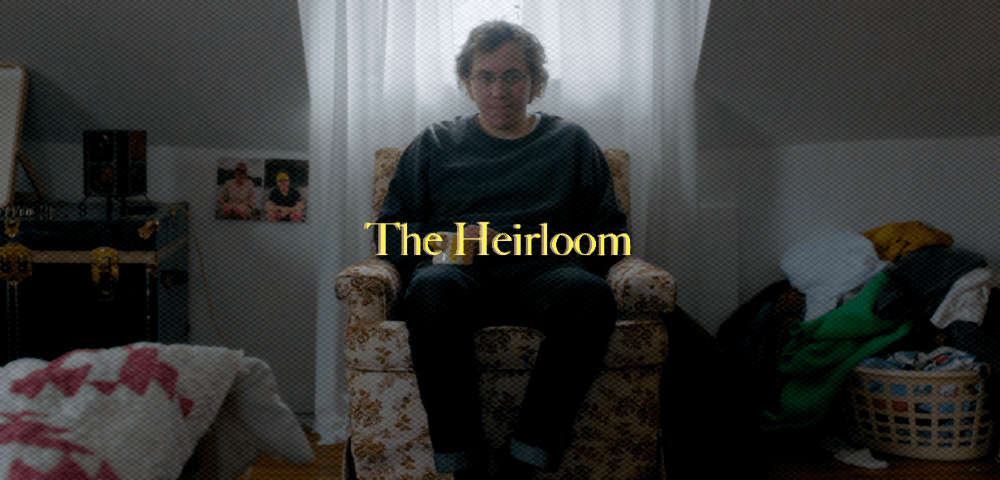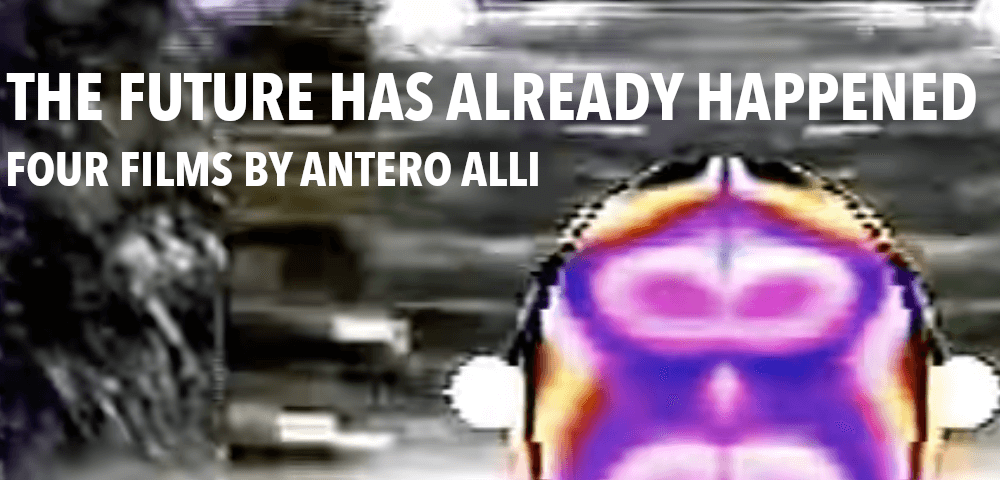
Born and raised in Finland, writer and astrologer Antero Alli spent most of his adult life in Portland, Oregon as a daring polymath in the underground performing arts. Making his name in experimental paratheater, Alli wrote, produced, and directed various works that toured the West Coast. He co-founded the Nomad VideoFilm Festival in 1992, and the next year he began making films of his own. When he passed in 2023, Alli left a legacy of 16 features and numerous music videos, shorts, and self-styled “videopoems” that mark him as one of the singular auteurs of the Pacific arthouse circuit.
In his vision statement, Alli said: “Each film made represents a personal dream coming true and a fulfillment of the dreams of those who join me. Filmmaking as a deep image river—flooding forth from an active dreamtime vortex where the personal awakens to the transpersonal through the lens of an insurrection of the Poetic Imagination.”
A determined opportunist, Alli’s entire filmography was produced in-house and self-distributed through Vertical Pool Productions, the collaborative art platform he created with his wife, musician Thia (Sylvi) Alli. With their budgets rarely exceeding $10,000, Alli’s films are explicitly irreverent concerning traditional Hollywood storytelling and lofty production garnish. The grainy DV-shot soliloquies dedicated to the countercultural scenes of Capitol Hill, Seattle, and Haight-Ashbury stand out firmly in an age of high-quality consumer-grade video recording technology.
In 2023, before Alli’s passing after a long battle with lymphoma, Spectacle screened his final film, BLUE FIRE, along with a virtual Q&A with the director. Now, we proudly present a posthumous retrospective of Alli’s finest works.
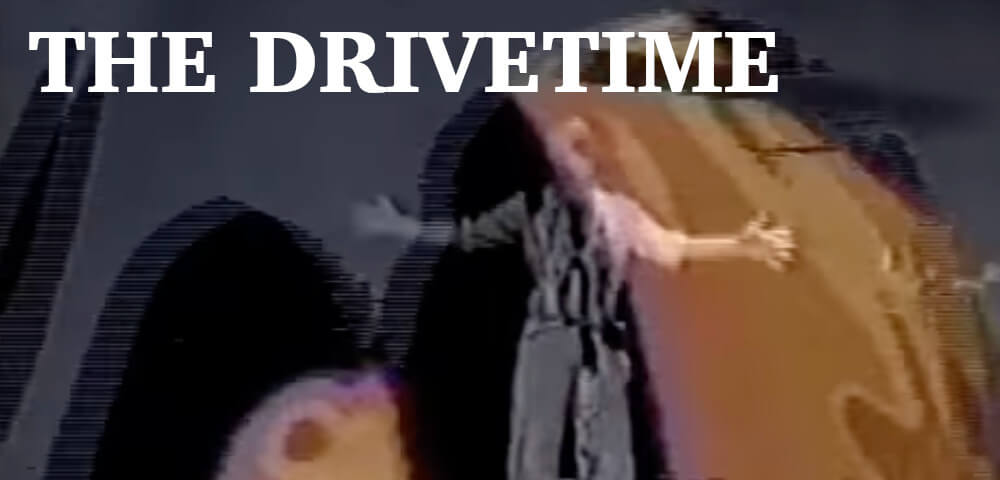
THE DRIVETIME
dir. Antero Alli, 1995
United States, 88 min.
WEDNESDAY, MARCH 5 – 7:30 PM
SATURDAY, MARCH 15 – 10 PM
FRIDAY, MARCH 21 – 10 PM
TICKETS
Flux is a techno-librarian assigned by government contract to travel back to 1999 to preserve video footage documenting police brutality against protesters and civilians in Seattle.
A self-styled “cyber-fi video” and a collaboration with astrologer, musician, and activist Rob Brezny, THE DRIVETIME is a true ’90s relic, part cyberpunk satirical drama and part lo-fi psychedelic essay film. Heavily inspired by early internet culture, THE DRIVETIME digitally paints a grim authoritative future (one all too familiar to our current reality) with humor, style, and hippie absurdism. It’s a hypnagogic time-traveling revolt that will bend the minds of even the most seasoned psychonauts.
One of the most chilling yet innovative cinematic essays on the flaws of today’s technology-obsessed society is Antero Alli’s THE DRIVETIME. This iconoclastic view of a future world projects a dazzling stream-of-consciousness skein of technical wizardry and provocative wordplay … THE DRIVETIME forces viewers to think about where our world is heading. This work should be seen by anyone who mistakenly believes that all’s calm and well in our little digital sphere.
—Phil Hall, Wired
Each screening will be accompanied by the short COLD FORCE.
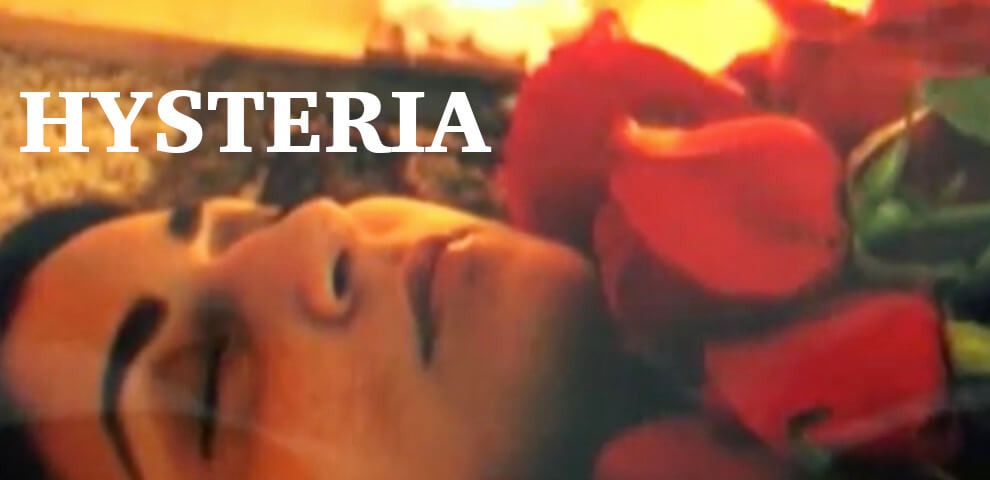
HYSTERIA
dir. Antero Alli, 2002
United States, 81 min.
SATURDAY, MARCH 1 – 5 PM
SUNDAY, MARCH 9 – 5 PM (w/Q&A)
THURSDAY, MARCH 27 – 10 PM
TICKETS (GENERAL ADMISSION)
TICKETS (Q&A)
Ikar is a Croatian soldier whose Catholic faith reaches a breaking point during a vivid hallucination. As he tries to rebuild his life post-service in Oakland, his neighbors take an interest in him, changing the trajectory of all their lives.
Another collaboration, this time with lead actor Jakob Bokulich, as a response to the rising islamophobia in America post-9/11, HYSTERIA predates the five-alarm warnings rung by recent psychological faith smashes like Schrader’s FIRST REFORMED. Stunning in its dreamlike quality yet grounded by the chemistry between Anastasia Vega and Atosa Babaoff, who play the Iranian sisters who live next to Ikar, HYSTERIA is a chilling, surrealist fable about the perils of religious fundamentalism. Bokulich will join us for a Q&A after the March 9 screening.
Each screening will be accompanied by the short DRIVING MYSELF THERE.
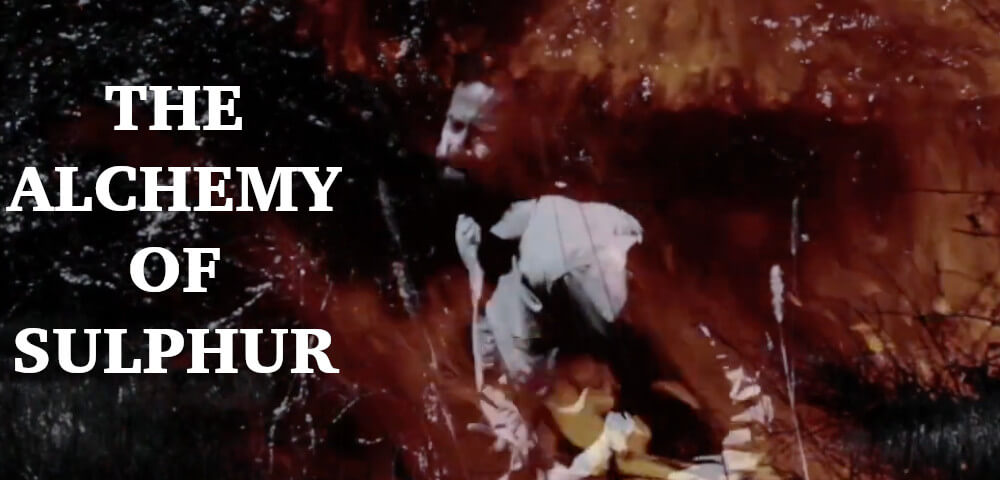
THE ALCHEMY OF SULPHUR
dir. Antero Alli, 2021
United States, 108 min.
FRIDAY, MARCH 7 – 10 PM
SATURDAY, MARCH 22 – 5 PM
MONDAY, MARCH 31 – 10 PM (w/virtual Q&A)
TICKETS (GENERAL ADMISSION)
TICKETS (Q&A)
While dealing with a tumultuous breakup, Hope writes herself into a short story as a character who falls in love with a tree scholar named Phineas. As she becomes enraptured in her fiction, unexpected real-world consequences occur.
Possibly Alli’s most intimate film, the micro-mystical romantic drama THE ALCHEMY OF SULPHUR explores the spectrum of human sexuality, creative writing as coping, and dendrology. Its galaxy-brained performance art parable about love and desire is highlighted by local Portland collage artist Douglas Allen, featured in a whirlwind dual role as Phineas and Keith, an asexual interpretive dancer who becomes drawn to Hope’s creative process. A true poetic example of late style, THE ALCHEMY OF SULPHUR reflects on what ignites our imaginations. A virtual Q&A with Allen will follow the March 31 screening.
Each screening will be accompanied by the short WITCH BURNING.
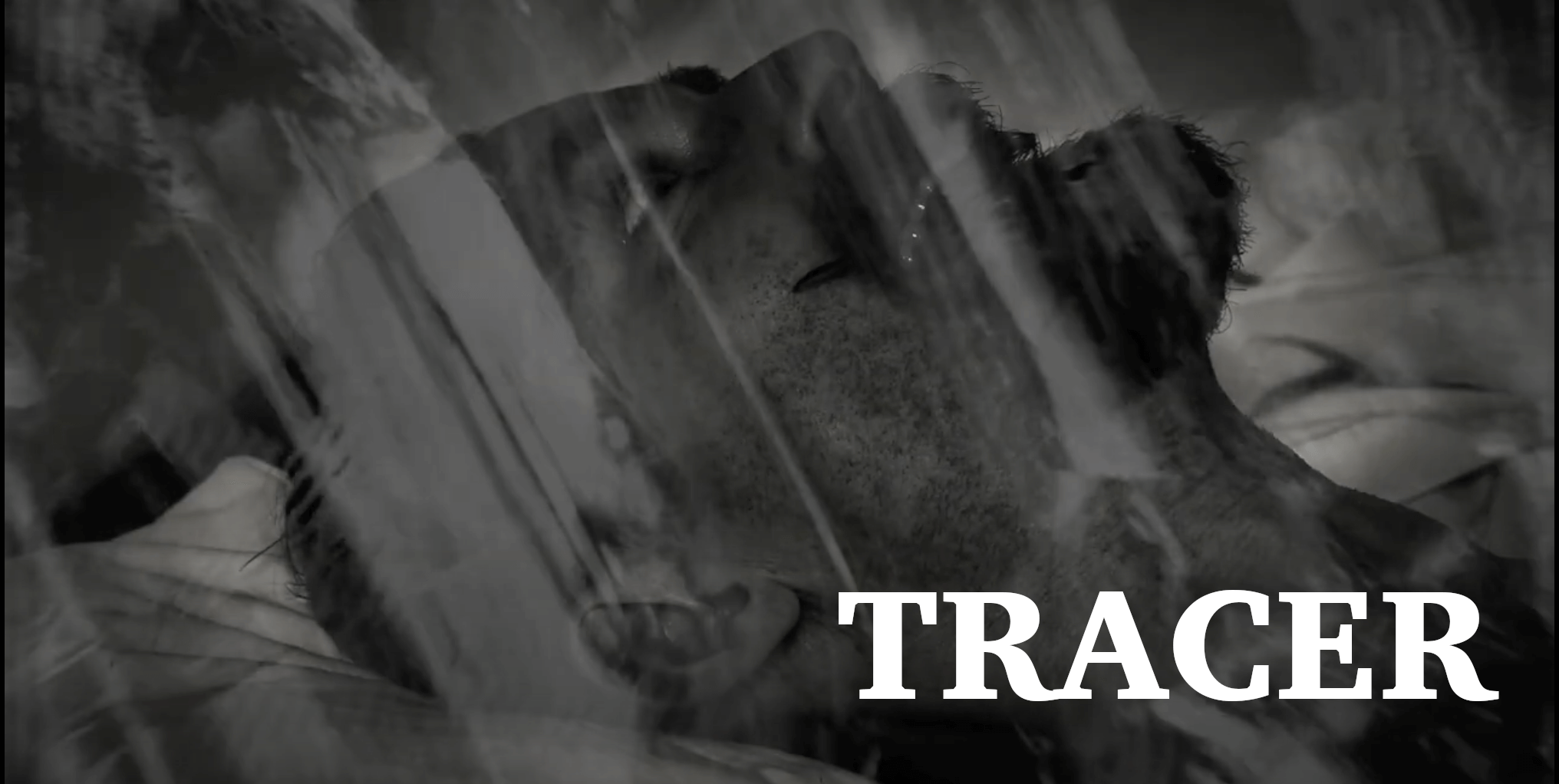
TRACER
dir. Antero Alli, 2022
United States, 93 min.
SATURDAY, MARCH 8 – 10 PM
WEDNESDAY, MARCH 12 – 10 PM
TUESDAY, MARCH 18 – 7:30 PM (w/virtual Q&A)
TICKETS (GENERAL ADMISSION)
TICKETS (Q&A)
In the not-so-distant future, the Russian Mafia can enter the dream states of targets through skilled psychic agents known as Tracers. One Tracer (Douglas Allen) is tracking a gunrunner turned sailor who’s trying to bond with his son using the new designer drug C-9.
Alli uses a tech film noir to stage a postmodern postmortem on liberal democracy as we know it. Inspired by America’s cultural and political paranoia after the 2016 election and the attempted insurrection of January 2021, TRACER is an expressionistic snapshot of an empire’s funeral, more concerned with the interpersonal than gazing into the future. There will be a virtual Q&A with Allen after the March 18 screening.
Each screening will be accompanied by the short THE WORD WEIRD.
RIP ANTERO ALLI (1952-2023)
Special thanks to Thia (Sylvi) Alli.
